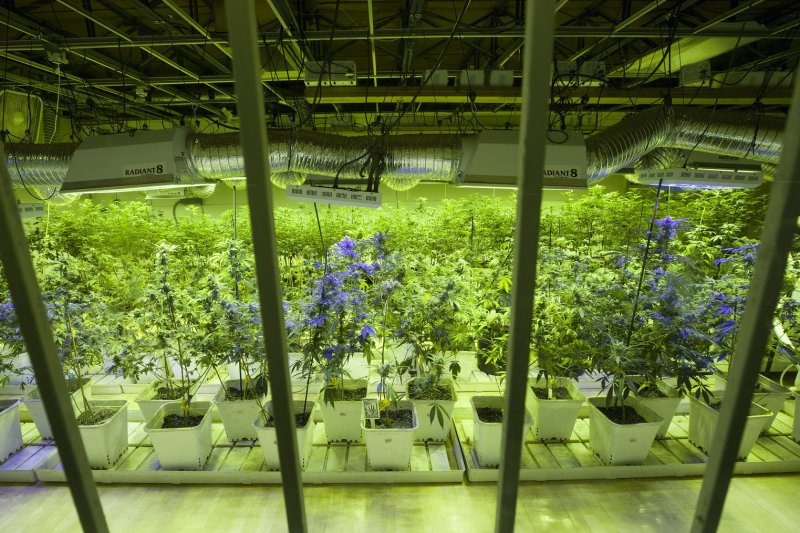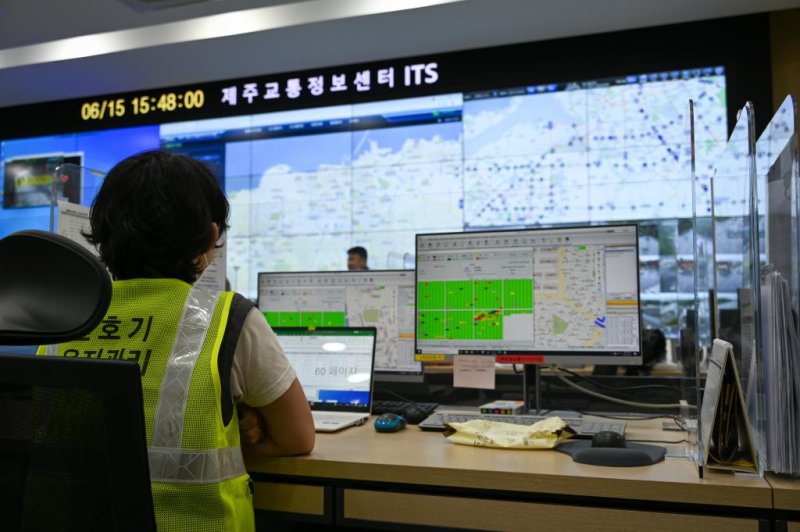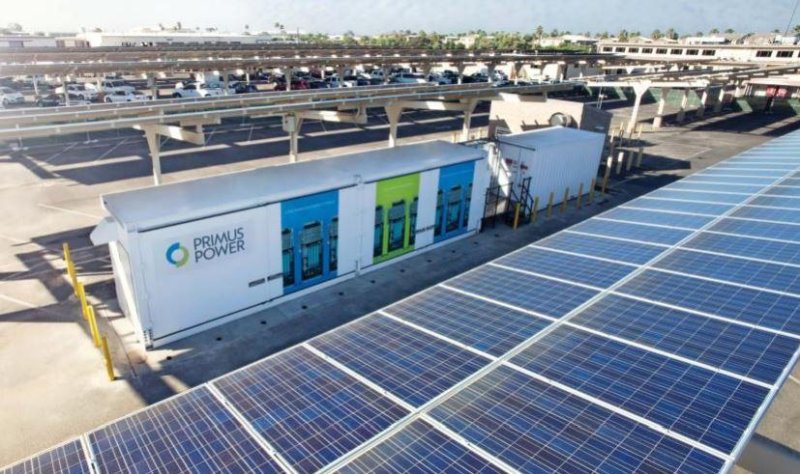
Members of the U.S. Supreme Court pose for a group photo at the court in Washington, D.C., on Friday. Seated, from left to right, are Associate Justices Samuel Alito and Clarence Thomas, Chief Justice John Roberts and Associate Justices Stephen Breyer and Sonia Sotomayor. Standing, from left to right, are Associate Justices Brett Kavanaugh, Elena Kagan, Neil Gorsuch and Amy Coney Barrett. Pool Photo by Erin Schaff/UPI | License Photo
June 30 (UPI) -- The U.S. Supreme Court ruled Tuesday against lifting a nationwide moratorium on evictions that was put in place by the Centers for Disease Control and Prevention amid the coronavirus pandemic.
The highest court of the United States voted 5-4 on Tuesday against a request by the Alabama Association of Realtors filed in early June to lift the ban on landlords from evicting certain tenants.
Liberal-leaning Justices Stephen Breyer, Sonia Sotomayor and Elena Kagan were joined by President Donald Trump-nominated Brett Kavanaugh in supporting the moratorium without giving an explanation.
Kavanaugh, in a brief concurring opinion, wrote that he agreed that the CDC exceeded its authority in issuing the moratorium but voted to deny the request for its stay as it is set to end July 31 and "those few weeks will allow for additional and more orderly distribution of the congressionally appropriated rental assistance funds."
"In my view, clear and specific congressional authorization (via legislation) would be necessary for the CDC to extend the moratorium past July 31," he wrote.
Congress last year had adopted a temporary moratorium on evictions that elapsed last July but Trump tasked the CDC in September of that year to prohibit evictions. That order was extended in March and then again on June 24.
The White House said last week that the moratorium will be extended "for one final month" after which the Biden administration plans to announce "a series of actions to help state and local governments prevent evictions."
Justices Clarence Thomas, Samuel Alito, Neil Gorsuch and Amy Coney Barrett voted in favor of lifting the ban.
The case made its way to the supreme court at the request of the realtors group in early June after a federal district judge in Washington, D.C., ruled in their favor against the moratorium but issued a stay on lifting it to allow the government to seek an appeal a month earlier.
The realtors argued in their request that the moratorium shifted the pandemic's financial burden from upwards of 40 million renters to the 11 million landlords in the nation, resulting in them losing more than $13 billion in unpaid rent a month.














